
Allergy season is upon us, flowers and trees are blooming, and grass is growing quickly, sending pollen and allergens into the air. Many individuals suffer allergy symptoms. According to the American College of Allergy, Asthma & Immunology, “Allergies are the 6th leading cause of chronic illness in the U.S. with an annual cost in excess of $18 billion dollars” [1]. These are staggering statistics; it is great to know that essential oils can provide assistance with allergies in the form of complimentary care.
Allergic rhinitis, or what some coin hay fever, brings about a wide variety of symptoms. Some allergy sufferers are hardly bothered, while others can barely even step into the great outdoors and enjoy nature in all of its magnificent beauty, because their symptoms are so severe.
When looking at any allergy remedy, it is important to first understand when something works for one person, it does not always mean it will work for you. This goes for over the counter (OTC) remedies just as much as it does essential oils.
We also must look at the individual to address the cause, and look at the symptoms.
Inflammation is the first thing that needs to be addressed; as we know this is the universal cause of all symptoms we are experiencing. When we look to OTC medications to help with our symptoms, we are looking for an antihistamine, which most of us are familiar with, but what is histamine?
Your body makes histamine in response to offending allergens. You can compare this to the bouncers at your local watering hole. Histamines work to to push those allergens out of the body. Histamines do this by making you sneeze, making your eyes water and itch, or by enlarging your tonsils and making your throat scratchy and sore.
Histamines seek out the area being affected, which in turn causes inflammation, triggers the formation of mucous, and so on [2].
Believe it or not, the symptoms that surface is your body’s effort at keeping you well and safe. When histamines go haywire and make us miserable is when we look to antihistamines to assist.
Are Essential Oils Antihistamines?
Traditional OTC antihistamines are considered histamine antagonists. According to Medicine.net, an antagonist “is a substance that acts against and blocks an action” [3].
Essential oils can mirror antagonists by:
– Helping to calm inflammation, reducing allergy symptoms.
– Providing mucolytic properties to assist in thinning mucous to help you to expel it.
– Offering decongestant properties, aiding in relieving sinus pressure and drainage.
Anti-inflammatory and Antihistamine Options
Sesquiterpenes may offer assistance against inflammation, particularly the constituent chamazulene found in Blue Tansy (Tanacetum annuum) essential oil. According to Peter Holmes, “Blue Tansy essential oil addresses type I allergy symptoms such as rhinitis and sinusitis” [4]. Utilizing Blue Tansy in an inhaler with a few other key essential oils will go a long way to help you to find relief.
Helichrysum (Helichrysum italicum), is also high is sesquiterpenes, specifically curcumene. Curcumene, also found in turmeric and ginger, is a powerful constituent to combat irritation; therefore it will help with inflammation of the sinus cavity, and exhibits antihistamine properties as well [5] [6].
Mucolytics
Cedarwood Atlas (Cedrus atlantica) has many benefits, one is that it helps to combat inflammation, but it also has mucolytic properties [7]. Cedarwood is also kid friendly. Therefore, it is a beneficial essential oil to add in an inhaler of diffuser.
Decongestant
Laurel leaf (Laurus nobilis), with its spicy camphorous scent, helps to open the airways when inhaled, thereby helping to support a healthy immune system response.
Peppermint (Mentha piperita), with its generous menthol content can assist in not only opening up the airways when needed, but can help to soothe a headache related to sinus pressure.
You Have Options!
Based on the beneficial essential oils listed above, here are a few ideas for inhalation in an aromatherapy inhaler.
Balsam Fir (Abies balsamea) 5 drops
Helichrysum (Helichrysum italicum) 3 drops
Laurel Leaf (Laurus nobilis) 7 drops
Blue Tansy (Tanacetum annuum) 6 drops
Cedarwood Atlas (Cedrus atlantica) 5 drops
Helichrysum (Helichrysum italicum) 4 drops
Black Spruce (Picea mariana) 5 drops
Peppermint (Mentha piperita) 10 drops
Slowly drip the oils onto your cotton wick, place into the sleeve, and snap on the cap. Inhalers last 5-6 months, on average. Close tightly when not in use.
Essential oils can be very beneficial to help combat seasonal threats, so you can get outside to enjoy nature and time with your family and friends.
References
[1] Allergy Facts. https://acaai.org/news/facts-statistics/allergies [2] What Does Histamine Do? https://www.news-medical.net/health/What-Does-Histamine-Do.aspx [3] Medical Definition of Antagonist. https://www.medicinenet.com/script/main/art.asp?articlekey=7836 [4] Holmes, P., Majoy, G., Pollard, T. C., Lev, C., & Camp, M. (2016). Aromatica: A clinical guide to essential oil therapeutics. London: Singing Dragon (p 151) [5] An evaluation of antioxidant, anti-inflammatory, and antinociceptive activities of essential oil from Curcuma longa. L. https://www.ncbi.nlm.nih.gov/pubmed/22021994 [6] Antioxidant, anti-inflammatory and antinociceptive activities of essential oil from ginger. https://www.ncbi.nlm.nih.gov/pubmed/24020099 [7] Leung, A. Y., Khan, I. A., & Abourashed, E. A. (2010). Leungs encyclopedia of common natural ingredients used in food, drugs and cosmetics. New York: J. Wiley.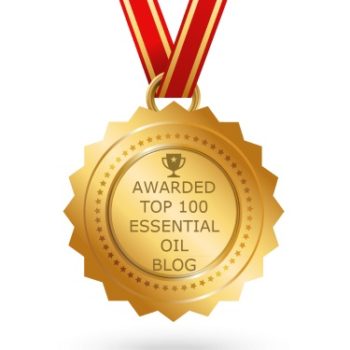

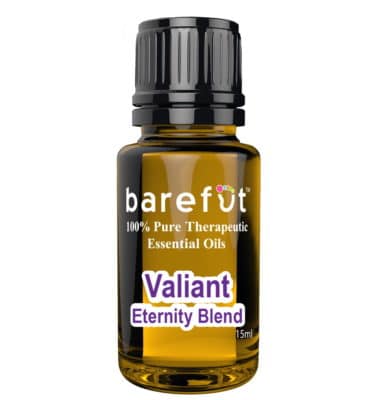
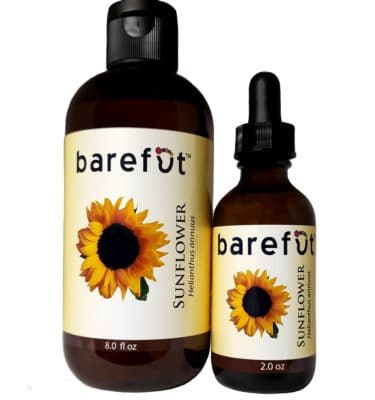

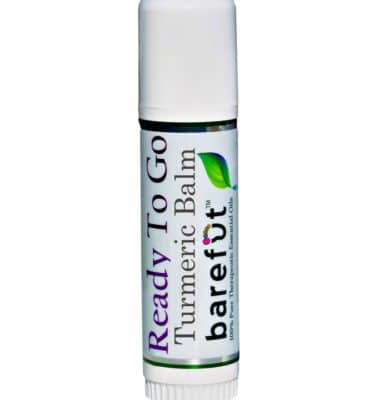
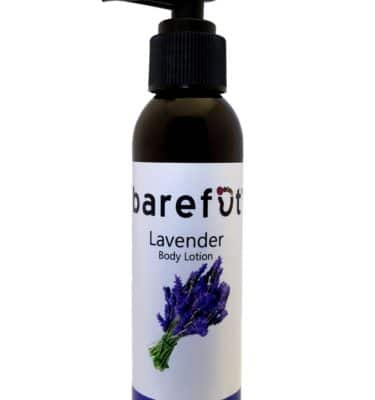


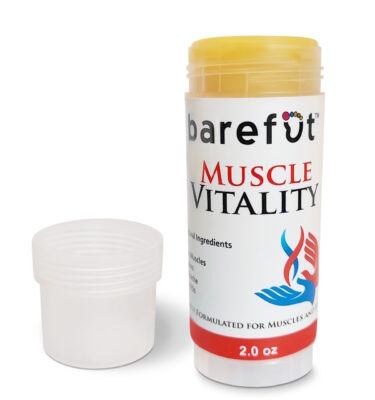
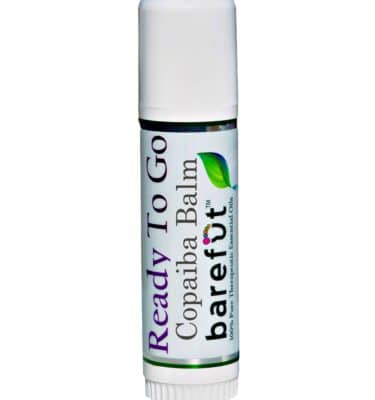
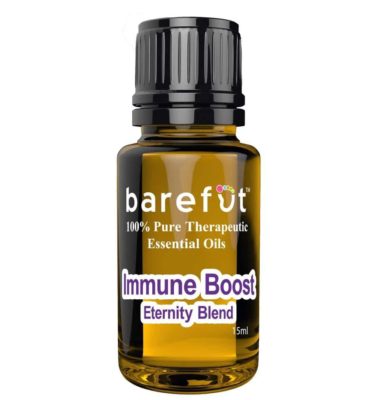

This blog refers to an aromatherapy inhaler but I don’t find anything like that in ur list of items. Where can I find this to use as described in ur blog?
Where do I order the inhalers?